
Imaginary Museum:
museum[ ]
Background
Imaginary Museum was a collaborative project between the MFA Graphic Design students and the Curatorial Practice students at MICA. Each designer worked with a curator, who developed the initial concept. The designer would create the brand and supporting images for the concept.
Description
I worked with Zack Franklin whose concept was a non-museum. A museum that is not a museum, rather a presentation of ahistorical possibilities. We discussed an online or virtual space with non-linear strings and overlapping timelines that would reframe found content. From that discussion, I wrote a draft of the mission statement (which Zack edited) and designed the brand system and interface.
Mission Statement
The web has a ubiquitous presence in our lives. Editing content, versioning code, and appropriating images are ways the viewer activates this dynamic virtual space. Each day, our movements generate new threads that weave into other threads, creating an elastic form strengthened by such microstructures as uploading, liking, tagging, pinning, and sharing. As a platform, museum[ ] embraces the endlessly transcodable digital image objects that circulate on the web, forgoing linear methods of categorization. As a tool, it elevates the user experience, de-corporatizing the browser interface. Viewers can see new relationships emerge from the juxtaposition of otherwise disparate elements.
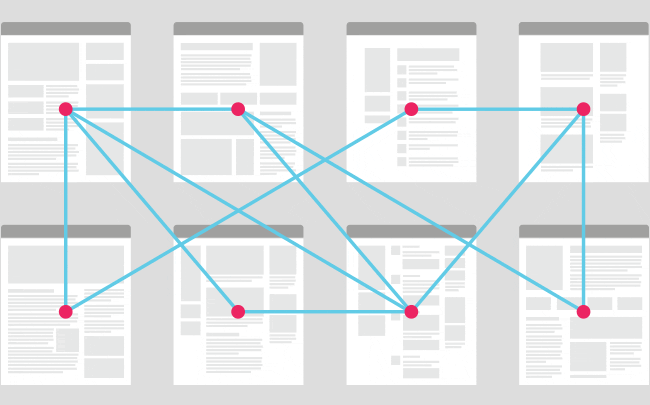
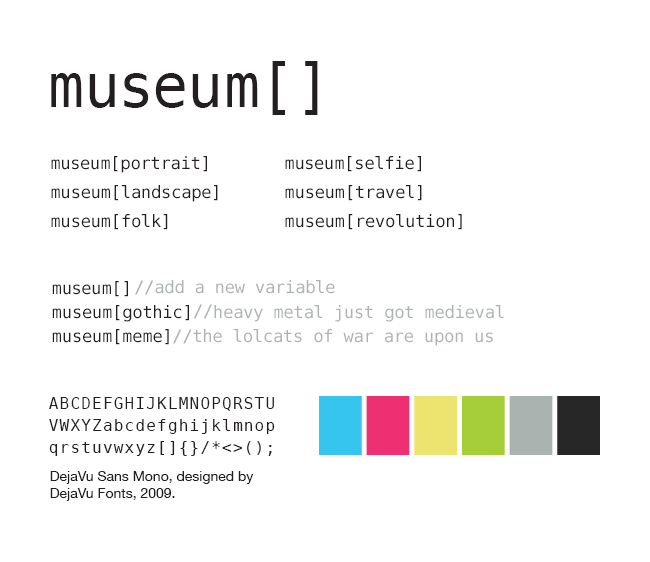
Within this identity system, viewers edit the variable inside of the brackets to have the museum instantly assemble image collections based on their interests. In code, comments can be used to make notes or provide instructions. At times, the museum comments will provide instruction but can also be altered by users to provide feedback or share clever remarks.
The use of an open source, monospaced font for the logotype is in line with the museum identity. This font is intended for computer programmers who construct the back-end framework that drives creation in the digital environment. Ultimately, the museum provides a clear framework for users to build upon. The primary color palette for the brand is black and white. The secondary palette is influenced by code editors. These colors help organize hundreds of lines of code. This palette also offers an exuberance typically not associated with backend development.
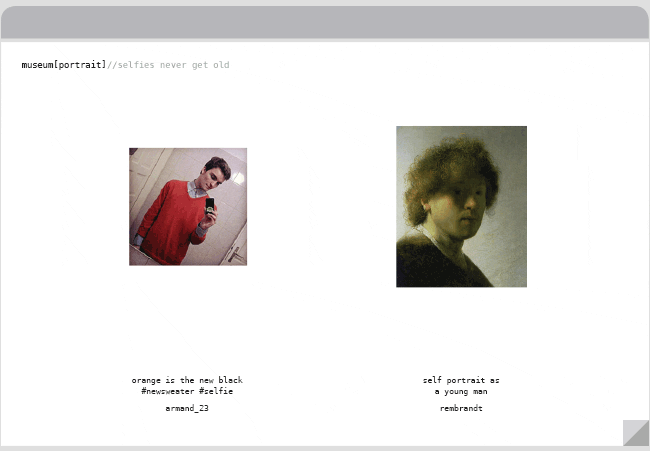
On the website, two pieces are displayed on each page with space to form new connections. Blurring the lines between respected masterpiece, contemporary form, and social imagery raises the profile of classics and unprovens, while also raising disposable images to high art.

With the tablet app, museum[ ] offers users an augmented reality experience. Combine digital and physical objects to distort meaning or reframe the content. Users can capture and upload individual moments to the museum collection.
Generating an interactive three-dimensional space based on a two-dimensional work of art is a compelling proposition. With 3D rendering and holographic advances, the museum is interested in immersive environments as its next step in user experience.
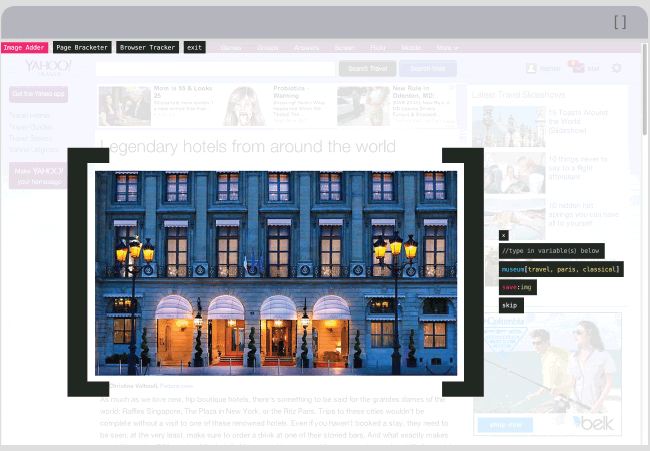
Through the museum[ ] browser extension, viewers have the opportunity to also be contributors. Create or discover an image to add to the museum collection. Select the image, assign variables, and save. This is similar to tagging or pinning.
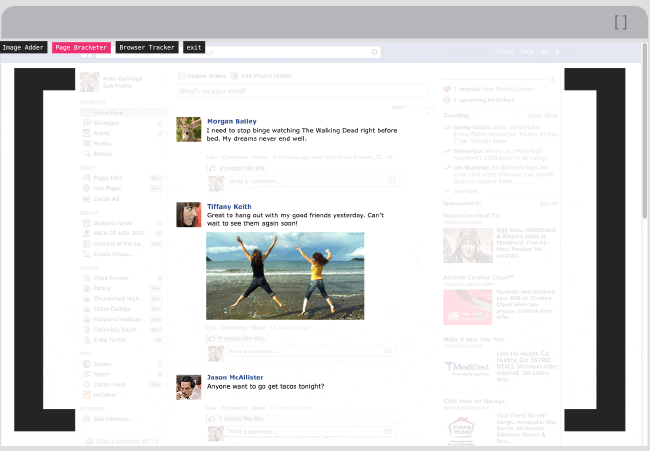
The Page Bracketer reduces the number of objects vying for attention by pushing unwanted clutter into the surrounding white space. The main variable can be edited by the viewer to include less or more of the page content.
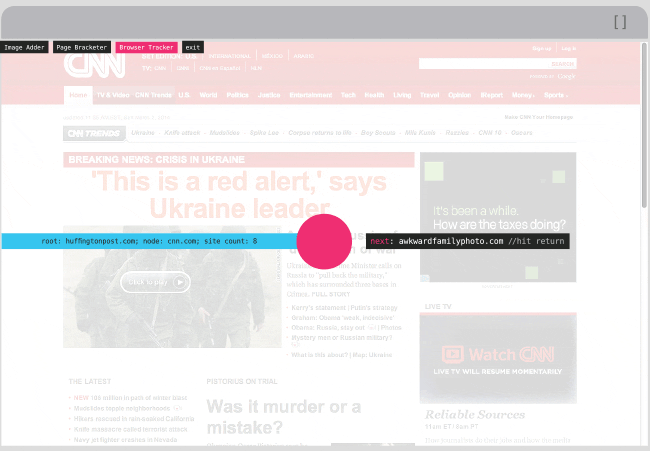
Browser Tracker is an interactive component of the extension that allows the viewer to create a site-by-site recording of her daily online experience. This information can be analyzed for trends or appreciated as threads of the larger web.
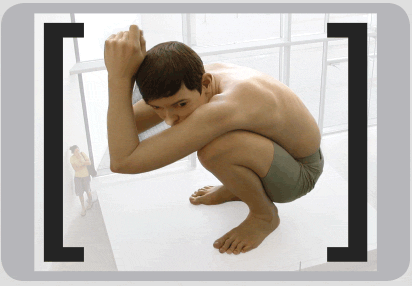
When viewing art in a physical space, the environment can distract or take away from the work on display. With the museum tablet app, the viewer can isolate the object, leading to a better understanding of the original concept or a new meaning altogether.